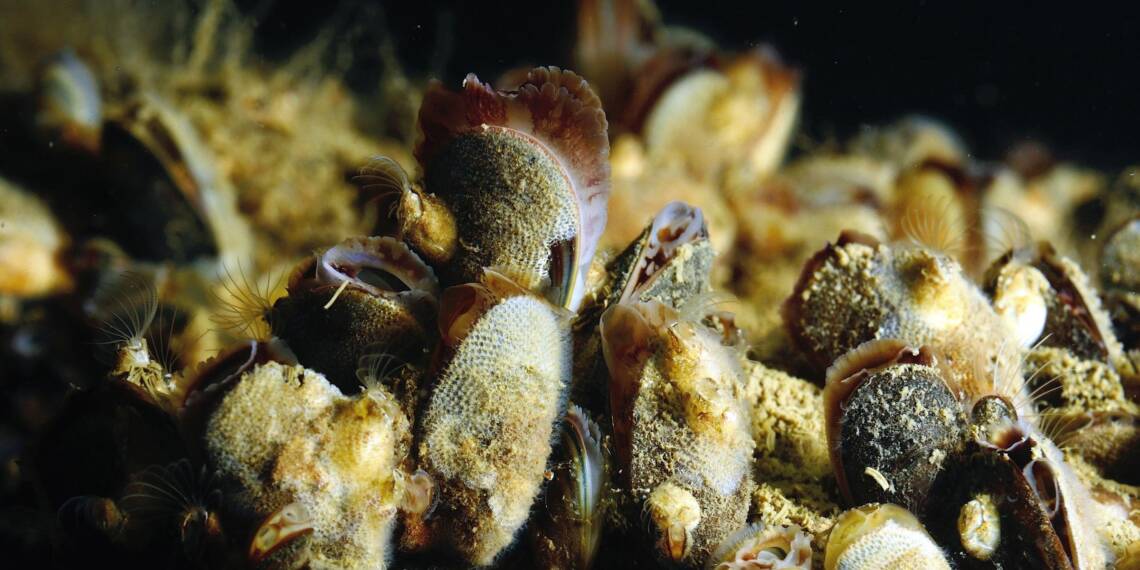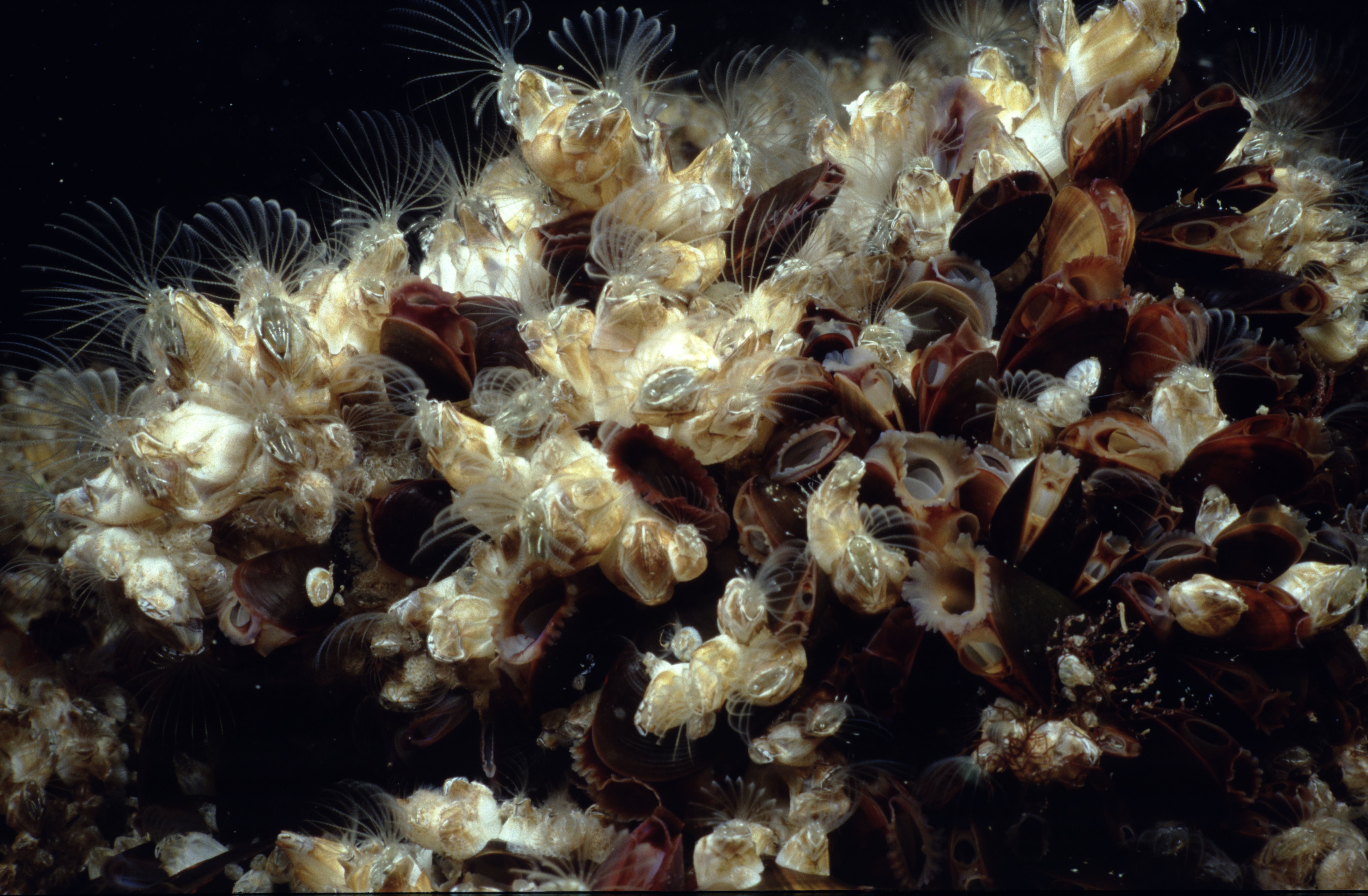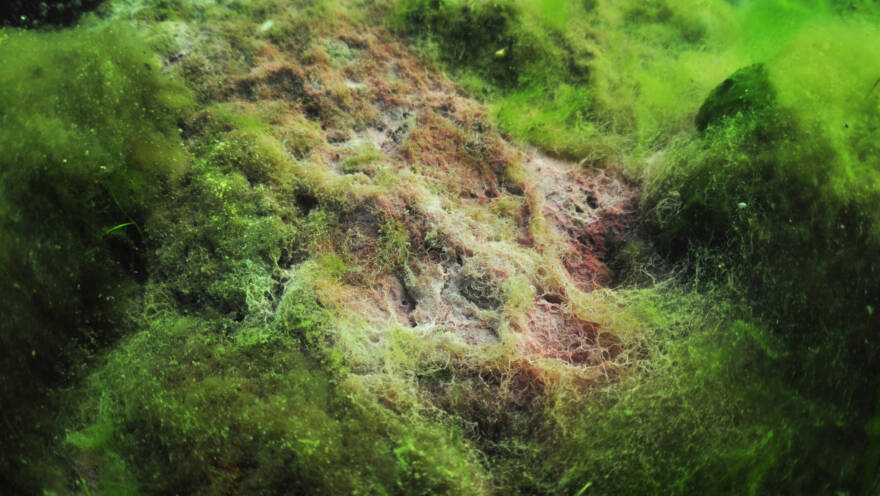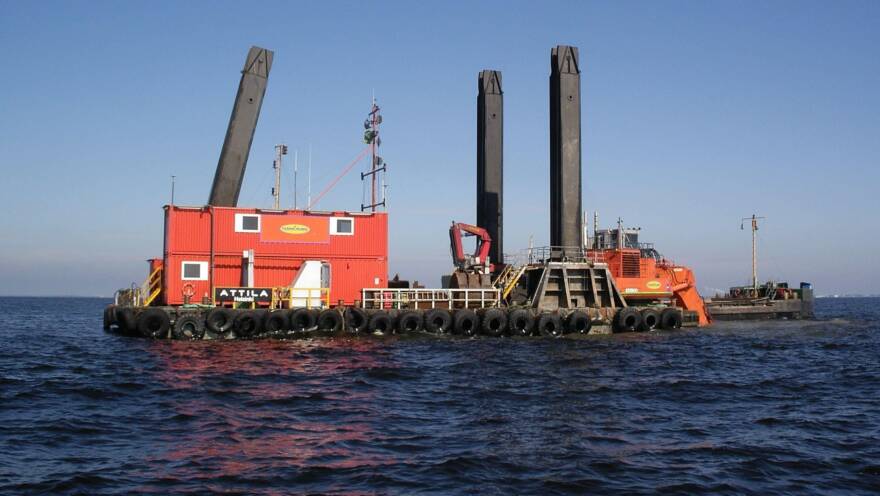
Oxygen depletion and other disturbances affect the sea bottoms
The seabed offers a wide range of habitats for the species of the Baltic Sea. However, eutrophication has changed the living conditions of the seafloor. Changes are visible in the benthic communities.
There is a wide range of different seabed habitats found in Finnish sea areas. Bottoms composed of mud, gravel, sand, and rock each maintain their own kind of biotic communities. Where there is enough light, vegetation increases habitat diversity. By contrast, the dark zone is entirely composed of organisms from the animal kingdom. The animals that live there eat, among other things, plant waste that sinks to the bottom from above.

Species and oxygen content indicate the status of the seabed
The status of the seabed is assessed directly with the help of aquatic vegetation and benthic fauna, as well as by measuring the oxygen content of the water near the seafloor.
Oxygen content is an important indicator because it dictates an organism’s possibility for life. In a eutrophicated sea, there is a threat that oxygen will become depleted near the bottom. This is because the decomposition of dead plankton and other organic matter which sink to the bottom consumes all of the available oxygen.
Eutrophication along the coast is particularly evident in the decline of aquatic vegetation, as well as the decrease in plant biodiversity to a single species. Bladder wrack kelp and red algae are no longer found in the shallowest waters. In eutrophic areas, the proportion of sensitive aquatic plants in the community is also lower. Eutrophic bottoms occur along the coastline in all Finnish sea areas.

The seabed is susceptible to damage
In addition to eutrophication, the well-being of the seabed can also be threatened by concrete actions directed at seabed areas, such as dredging and marine and coastal construction. These can cause local damage to the seabed and its ecosystems.
Maritime traffic in shallow sea areas can also disturb the peace of the seabed. Bottom waves generated by ships and pleasure boats stir up sediments and expose them to erosion. Anchors from boats may tear up seabed vegetation. However, such disturbances are usually short-lived; benthic communities recover from them fairly quickly unless the disturbance recurs.



